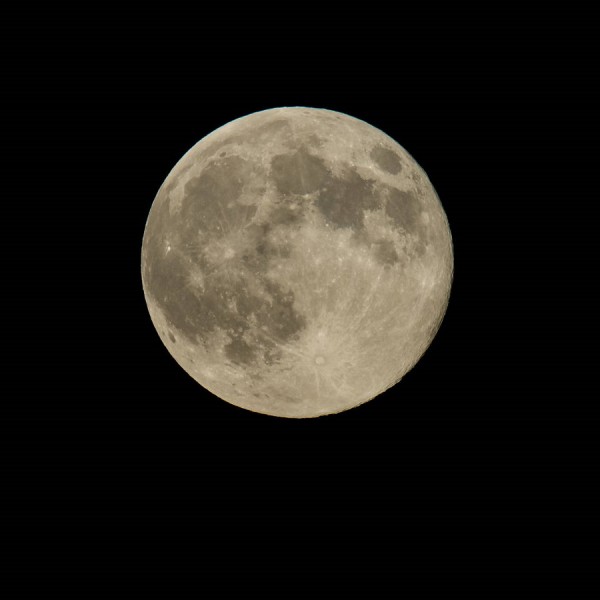By Ana Verayo, | October 16, 2016

A supermoon occurs when the moon’s orbit is closest (perigee) to Earth at the same time it is full. (NASA/Bill Ingalls)
This weekend--October 15 and 16--the moon appears bigger and brighter than the normal full moon.
This weekend's full moon is not just any ordinary lunar event; this brilliant October full moon is also known as the Hunter's Supermoon.
Like Us on Facebook
A supermoon appears when the moon is at its closest point to our planet, making it look 15 percent larger and 30 percent more luminous than normal full moons.
It is also called the Hunter's Moon since it rises early in the evening. Sky watchers will be able to catch this around sunset as the moon appears over the horizon on Saturday and Sunday.
Apart from being a brighter and bigger full moon, the Hunter's Supermoon will appear more orange or even reddish since it will rise earlier than usual after sunset.
October's supermoon is the first of three grand moon events.
Another supermoon will occur on November 14. This will be an "extra" supermoon, appearing more massive than ever since it will be at its closest point to Earth in the entire 21st century. This will not occur again not until November 25, 2034.
Also, on December 14, the supermoon will be so bright and luminous that it can obscure our view of the annual Geminid meteor shower.
To enjoy this October's supermoon, it is best to choose a stargazing spot early so that your eyes can adjust to the light, during sunset, and into nightfall. Refrain from using flashlights and mobile phones since artificial lights can disrupt your view. A reclining chair is best to gaze up into the night skies and also be sure to pick a dark spot away from light pollution like streetlights.
-
Use of Coronavirus Pandemic Drones Raises Privacy Concerns: Drones Spread Fear, Local Officials Say

-
Coronavirus Hampers The Delivery Of Lockheed Martin F-35 Stealth Fighters For 2020

-
Instagram Speeds Up Plans to Add Account Memorialization Feature Due to COVID-19 Deaths

-
NASA: Perseverance Plans to Bring 'Mars Rock' to Earth in 2031

-
600 Dead And 3,000 In The Hospital as Iranians Believed Drinking High-Concentrations of Alcohol Can Cure The Coronavirus

-
600 Dead And 3,000 In The Hospital as Iranians Believed Drinking High-Concentrations of Alcohol Can Cure The Coronavirus

-
COVID-19: Doctors, Nurses Use Virtual Reality to Learn New Skills in Treating Coronavirus Patients







